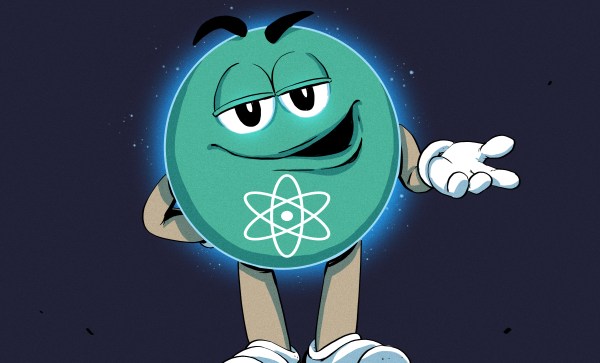Bangor University scientists think that the way to go big with nuclear power is to, in fact, go small. Their tiny nuclear fuel pellets called triso fuel are said to be the size of poppy seeds and are meant to power a reactor by Rolls Royce the size of a “small car.” We aren’t sure if that’s a small Rolls Royce or a small normal car.
The Welsh university thinks the reactor has applications for lunar bases, here on Earth, and even on rockets because the reactor is so small. We can’t tell if the fuel from Bangor is unique or if it is just the application and the matching reactor that is making the news. Triso fuel — short for tri-structural isotropic particle fuel — was developed in the 1960s, and there are multiple projects worldwide gearing up to use this sort of fuel.
Continue reading “Triso Fuel And The Rolls Royce Of Nuclear Reactors”












